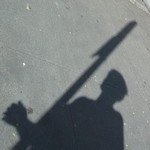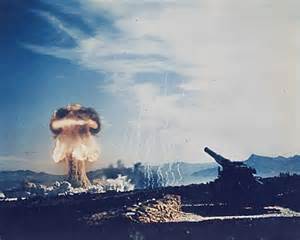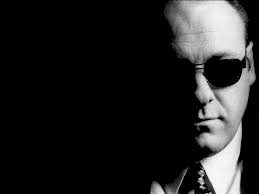While it's true that film naturally does have much more dynamic range than a digital sensor, the first thing I thought when I read this was 'does this guy even know about RAW'? While I absolutely LOVE the huge dynamic range of film, he sounded to me more like an old hag with a -back in the days everything was better- syndrome without even knowing to operate his digital camera. Then near the end of the article there's an update about underexposing with RAW:
| Yes, you can underexpose everything by a couple stops and then "bring it up" in Photoshop or some other software. Problem is, for that to work really well, you have to shoot in RAW mode, which eats up memory cards fast, and also requires proprietary (expensive) software to handle the files. |
Ah see, here everything starts making sense. If you still shoot in jpeg in stead of raw today you're missing out big time. The camera does the post-processing by fancying up the contrast, sharpness, tone and saturation a bit according to some sliders you may or may not have adjusted. Then the images are compressed (saving memory) and all unused data is lost forever. While it does a pretty good job for our moms photographing flowers in a field, it's not going to be good for us serious photographers.
If you want quality and a good dynamic range, shoot RAW, period. It keeps all the data without compression so you have something to work with. The 'eats memory cards fast' isn't an argument anymore as huge memory cards are dirt cheap nowadays. The expensive software argument also doesn't have to apply, depending if you're a honest citizen or not

Then what I do to even further increase the dynamic range is blending several exposures together in Photoshop (not automated HDR!), there's a good tutorial at the pinned threads here.
| Worse, even if you use RAW or 48-bit TIFF, the end result still doesn't quite have the nice tones that a film picture would have had from the start. |
While I love the nostalgic tones of film, the tone of a digital photo with the right white balance is way more close to reality.
In conclusion, yes, film naturally has a loooot more dynamic range than digital, but nowadays a digital shot can be post-processed to have the same or even more digital range.






 Then what I do to even further increase the dynamic range is blending several exposures together in Photoshop (not automated HDR!), there's a good tutorial at the pinned threads here.
Then what I do to even further increase the dynamic range is blending several exposures together in Photoshop (not automated HDR!), there's a good tutorial at the pinned threads here.

